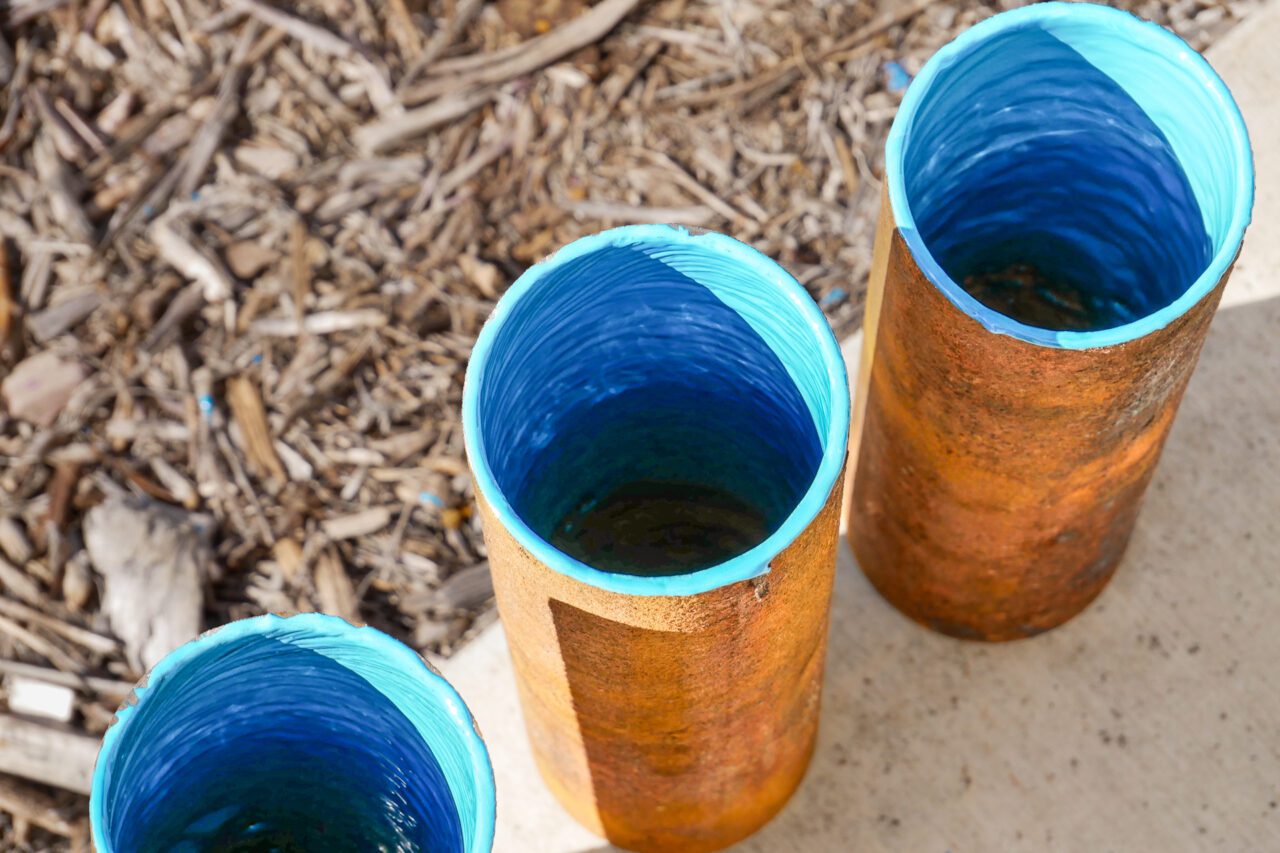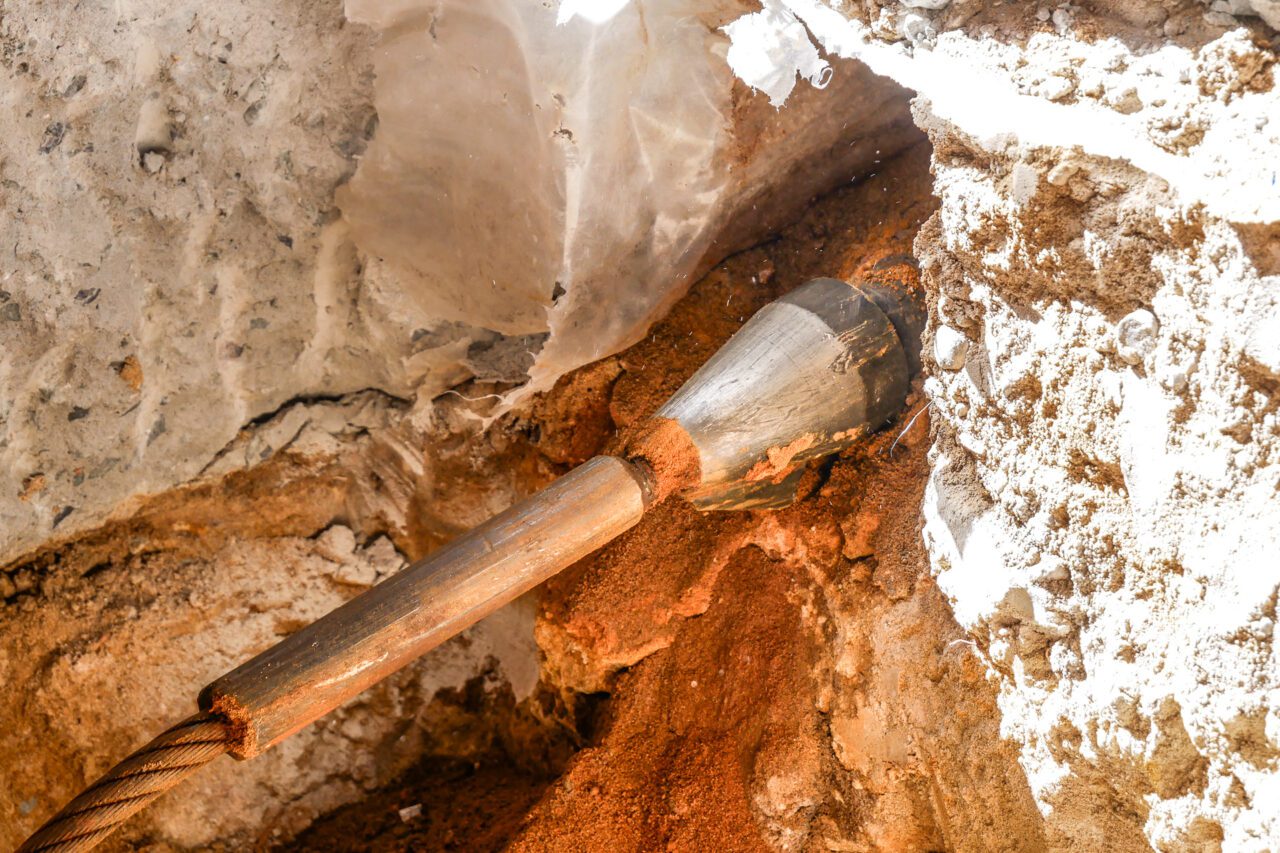Is Trenchless Sewer Repair Worth the Investment?
The cost of trenchless sewer repair is often higher upfront than that of traditional digging methods, which is why many homeowners ask, “Is it really worth the investment?” At first, paying more for a service that won’t dig up your yard seems counterintuitive. However, trenchless technology offers benefits that go beyond the surface, such as avoiding landscape destruction and minimizing downtime. Overall, the cost can be double that of trenchless methods.
These advantages have made trenchless repair a preferred solution for aging sewer systems, especially in older homes. This article will help you decide if trenchless sewer repair is the smarter choice for your home and budget.
A Fast Review of Trenchless Sewer Repair Methods
Trenchless sewer repair is a modern method of fixing damaged sewer lines that eliminates the need to dig up your yard, driveway, or floors. Rather than excavating the entire pipe, plumbers use small access points to repair or replace the line from the inside, causing minimal disruption to your property.
There are three main trenchless methods.
1. CIPP (Cured-in-Place Pipe) Lining
A flexible fabric liner saturated with resin is inserted into the damaged pipe. After it is in place, the liner is inflated and cured using ambient conditions. The result? A strong, seamless pipe inside the old one—like a pipe within a pipe—that can last 50+ years.
2. Epoxy Pipe Lining (Spray Coating)
Epoxy lining involves cleaning the existing pipe and spraying or rotating epoxy resin along the inside walls. Once cured, the epoxy creates a thin but durable coating that seals cracks, stops leaks, and prevents corrosion. While not as thick as CIPP, epoxy lining is a good option for smaller repairs or when access is limited.
3. Pipe Bursting
This technique is used when the original pipe is too damaged or collapsed to be relined. A specialized bursting head breaks apart the old pipe while pulling a brand-new pipe into place. It’s often used to upgrade from smaller clay or cast iron pipes to larger, more durable ones.
All of these methods offer a major advantage:
- No trenches
- No mess
- Often same-day service
Whether your home has old clay pipes with root problems or corroded cast iron lines, trenchless solutions can restore your sewer system with less stress and, in many cases, less cost than traditional excavation.
What Customers Say: The Pros of Trenchless Repair
Homeowners who have experienced trenchless sewer repair firsthand often highlight a few key advantages. Whether they found answers through a local contractor like Epoxy Pipeline or on Reddit, they all say the same thing: trenchless repair is faster, cleaner, and more practical than traditional digging.
Here are the most common benefits customers point out:
- Minimal Damage to Property: Many people choose trenchless repair specifically to avoid the mess. Since only small access points are required; there’s no need to destroy floors, ceilings, the roadway, the driveway, the yard, or the lawn.
- Quick Turnaround: Time is another big factor. Traditional sewer replacement can take a week or more. With trenchless repair, however, most jobs are completed in just one to three days. Often, it’s not even a full workday.
- Long-Term Peace of Mind: For homes with recurring problems, such as root intrusion, trenchless lining provides a permanent solution. Many homeowners report having had no issues for years after the repair.
- Durable & Backed by Warranty: Customers appreciate that trenchless solutions are built to last. Many lining systems come with a lifespan of 50 years or more, giving homeowners peace of mind and long-term protection.
- Ideal for Older or Hard-to-Access Homes: For older homes from the 1970s and earlier, especially those with mature trees or concrete structures, trenchless repair is often the only practical option. It avoids disturbing the foundation, sidewalks, or custom landscaping.
In fact, residents of San Diego County consistently say that trenchless sewer repair offers real value, especially when it comes to preserving property, avoiding disruption, and solving long-term issues. Although it may cost more initially, many homeowners believe that the time saved, damage avoided, and increased durability make it a worthwhile investment.
The Cost Question: Is Trenchless Technology More Expensive?
One of the primary questions homeowners ask is: “How much more does trenchless sewer repair cost?” Yes, the initial price tag is usually higher than that of traditional dig-and-replace methods. However, that’s only part of the story.
First, trenchless repairs can range from $150 to $300 per foot, depending on the method and location conditions. A typical job costs between $6,000 and $15,000. Traditional repairs may be lower, around $4,000 to $10,000, but that often doesn’t include restoration costs.
Second, with traditional methods, you’re paying for more than just the sewer line. You may also have to pay for:
- Interior restoration
- Landscaping replacement
- Driveway or sidewalk repair
- Removing and re-pouring concrete
- Rebuilding patios or fences
- Extended labor and permits
These extras can easily add $2,000–$10,000 to your total cost.
Third, trenchless methods equal long-term savings. Trenchless methods often last 50 years or more with minimal maintenance. This means:
- Fewer emergency cleanouts
- No repeated digging
- No recurring tree root issues
Over time, it can save you thousands.
In some cities, you might not pay the full cost. Some municipalities offer cost-sharing programs or rebates for trenchless sewer lateral replacements, especially if the line connects to public infrastructure.
Although trenchless repair may appear more expensive initially, when restoration costs, downtime, and long-term durability are considered, it often proves to be equal or even cheaper. For many homeowners, the convenience and peace of mind are worth every dollar.
When Trenchless Approaches Are Not Worth It
Trenchless sewer repair offers many benefits, but it’s not always the best option. In certain situations, traditional dig-and-replace methods may be more practical, effective, or cost-efficient. Here are some instances when trenchless repair might not be worth it:
- The Pipe Is Completely Collapsed or Crushed. If your sewer pipe has fully collapsed, there’s often no clear path for trenchless tools or liners. Open trench excavation is the only way to physically remove and replace the damaged section.
- The Line Has “Belly” Sections (Sags or Dips). A belly, or low point, in the pipe prevents proper flow. Trenchless methods like CIPP or epoxy coating won’t fix this because they follow the existing pipe’s shape. If your pipe sags, the only true fix is to dig it up and regrade the slope.
- The Pipe Is Too Shallow. Some trenchless techniques, especially pipe bursting, require a minimum depth of 3 feet to work safely. Shallow lines can make the process too risky or physically impossible, depending on the equipment used.
- Small, Isolated Repairs. If only a very short section of pipe is damaged and easily accessible, traditional spot repair might be cheaper and faster. There’s no need to use trenchless technology if you can dig down in an hour and replace 2–3 feet of pipe.
- The Budget Is Extremely Tight. While trenchless technology may save money in the long term, the higher upfront cost can still be a barrier. If price is the main concern today and the affected area is easy to access, digging might make more financial sense.
Trenchless sewer repair is a powerful option, but it’s not a one-size-fits-all solution. The condition, depth, and layout of your existing line matter. The best way to determine if trenchless repair is right for your situation is to have a qualified contractor perform a proper camera inspection.
Resume: Is Trenchless Sewer Repair Worth the Investment?
In many cases yes, trenchless sewer repair is absolutely worth it for many homeowners. Although the initial cost is higher, the long-term benefits usually make up for it.
- The process is quick; most jobs are completed in just a few days.
- It’s clean; there’s no need to tear up landscaping, driveways, or floors.
- It’s also durable; modern trenchless methods often last 50 years or more.
- Overall, it may even be cheaper once you factor in avoided restoration costs.
However, trenchless technology isn’t the best fit in every situation. Severely damaged, collapsed, or sagging pipes may require full excavation. If your budget is extremely tight, traditional digging may be more manageable in the short term. Also, remember that pipes with epoxy liners can only be cleaned with hydrojetting, not mechanical means such as carbide chains or snaking.
In short, if your home’s location allows it and you value speed, property protection, and peace of mind, trenchless technology is a smart, modern investment.





